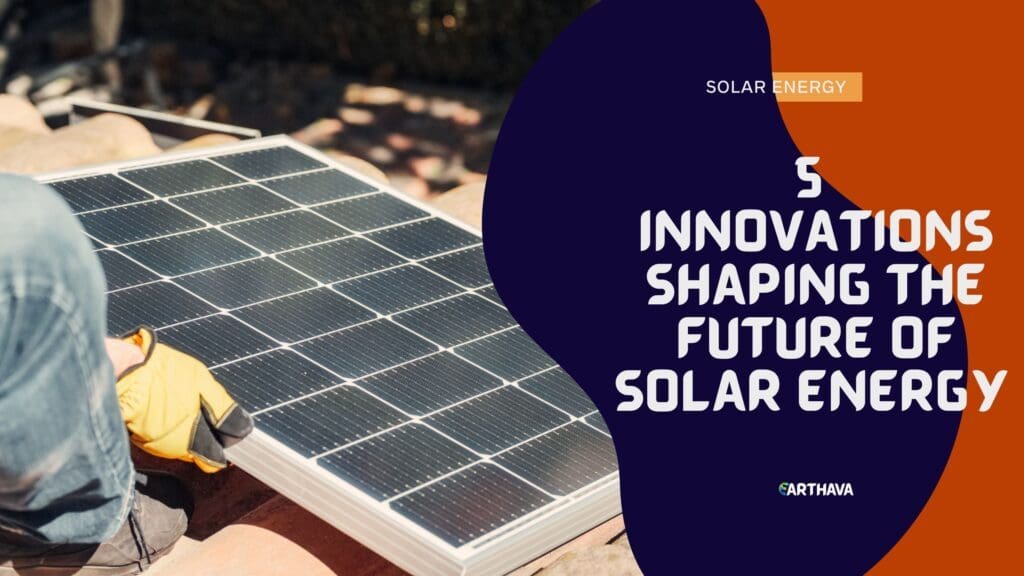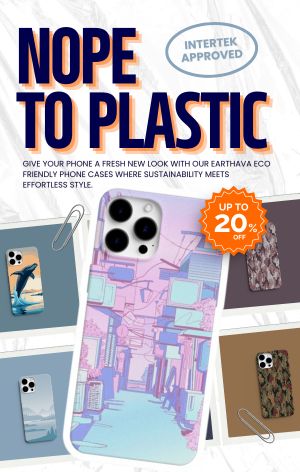The solar energy industry has been growing at an average rate of 68 percent every year since 2006. Solar hasn’t just been getting more common— it’s also getting more effective and cheaper. Costs have dropped 70 percent since 2010.
Silicon-based solar cells convert 15 to 20 percent of the energy from the sun into electricity on average, but new technologies could increase that number to as much as 40 percent.
Related: The New Solar Roofs
Solar technologies are also expanding beyond the panels you normally see on rooftops or in large open fields to new, innovative designs. Here are several solar designs you might see soaking up the sun in the near future.

Floating Solar Power
Solar panels have already started migrating from land to the open sea. In May, China connected the world’s largest floating solar panel to the grid. Situated on top of a flooded former coal mine in Huainan in China’s south Anhui province, it can produce 40 megawatts of power.
Solar projects often require large amounts of land, a problem that’s been dogging the solar industry for years. Floating arrays help solar developers avoid this issue. The natural cooling effect of the water can also improve generation and prevent heat damage to the panels.
Solar Windows

Thanks to another recent invention, solar panels that are installed on land may be more inconspicuous as well. The solar window lets light through like a regular window, but also captures some of that light and converts it into electricity.
The windowpane is filled with tiny particles of silicon that absorb and then release light, which bounces around in the glass until it reaches the panels at the window’s edges. This could be especially useful for tall buildings that can’t utilize rooftop solar. The designs can only generate a small amount of power so far, but advances might make them a common fixture in the future.
Solar Skins
Some people might want solar energy, but would rather not have panels on their roofs because of the way they look. Some homeowners’ associations might even prohibit them. They especially don’t look right on older, historic buildings.
That issue may soon be a thing of the past since companies like Tesla are working to create solar panels that look just like regular roofing materials. Some of those designs are even already available for pre-order.
Virtual Inverters
Currently, most solar power plants use a central inverter to convert direct current into alternating current. These systems are useful because they offer a central point of control, but if they go down, the plant loses a significant amount of power.
Related: Best Solar Grid Tie Inverters
String inverters are much smaller and easier to repair and replace. They can’t handle nearly as much power as central converters, so if they get damaged, it’s less of a serious problem. However, they need to be controlled individually. Large plants would require too many to be feasible.
VirtualCenter inverters fix this problem by creating a central point of command. Because they wouldn’t need to be physically connected to a central inverter, solar developers would have much greater flexibility in where they place solar panels.
Wearable Solar
In the future, you may be able to carry solar energy with you everywhere you go. Researchers are currently testing a super thin photovoltaic material that could be woven into clothes or used in car fabrics. This technology could be used to charge wearable electronics and a variety of other devices.
Related: Solar Panels Are in the Most Unlikely Places
The future of solar energy is bright, and it looks quite different from the solar of today. Solar panels may become so integrated into the things we already use in everyday life that we don’t even see them anymore. These advances, along with improvements in efficiency and affordability, could help make solar a more central part of the way we get electricity.


